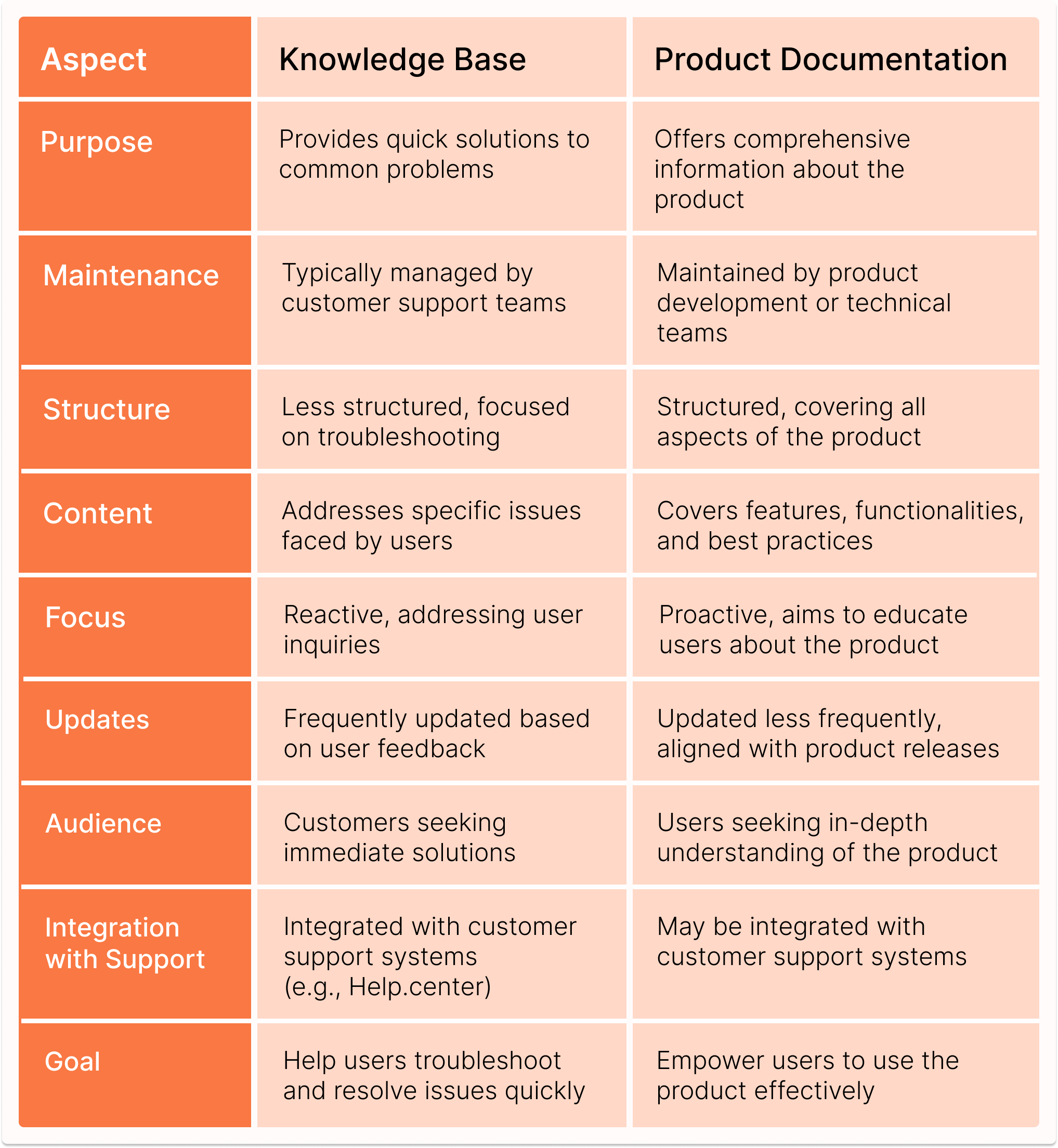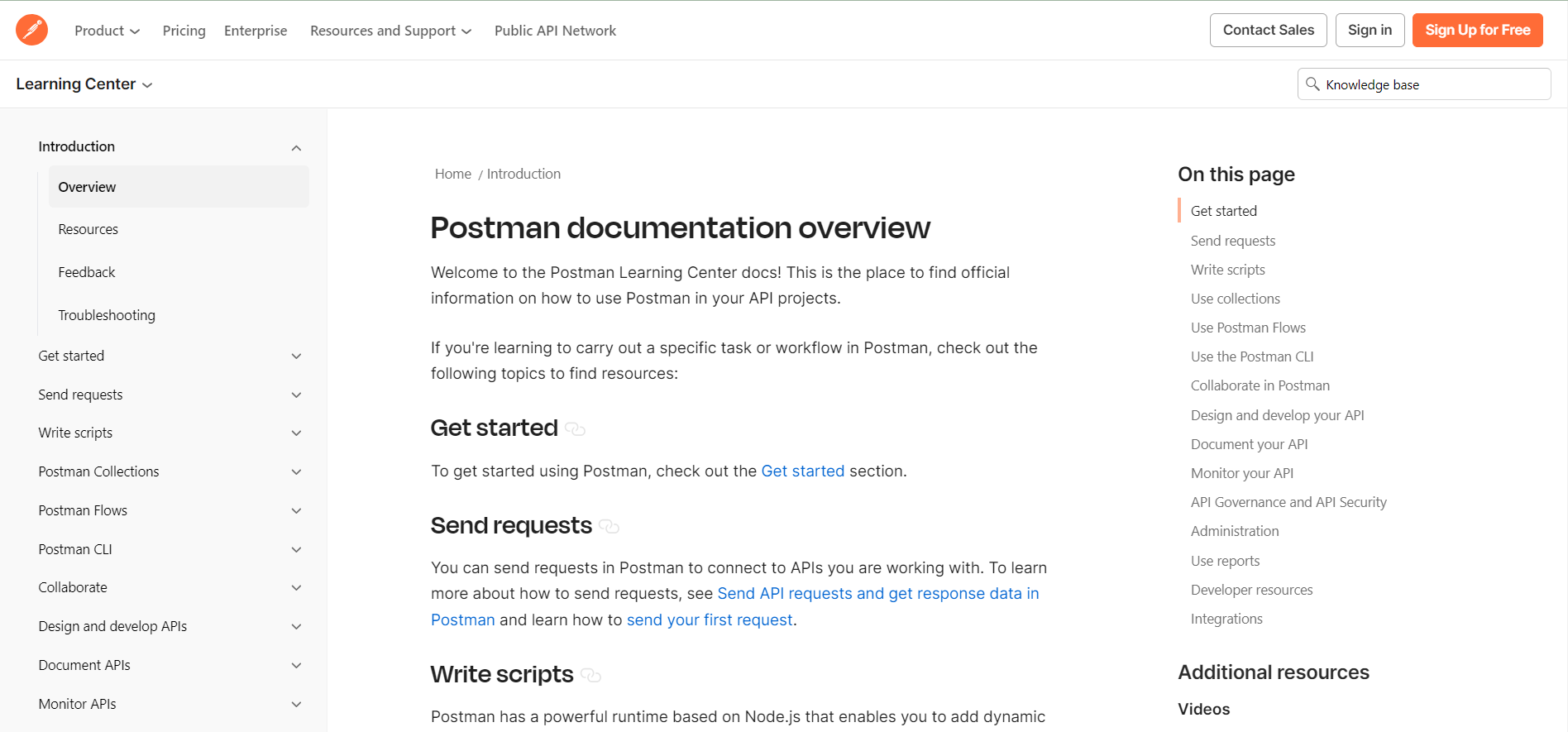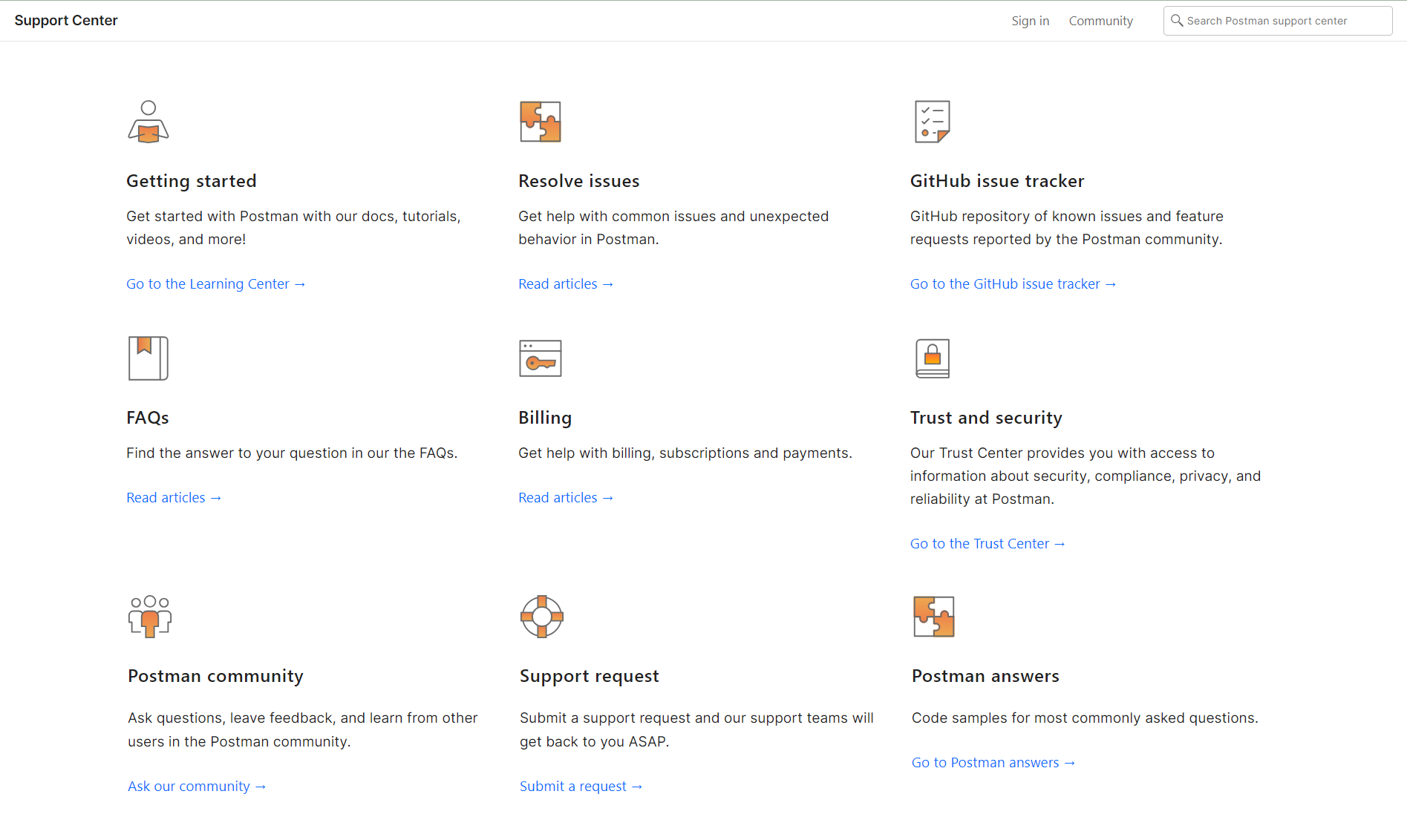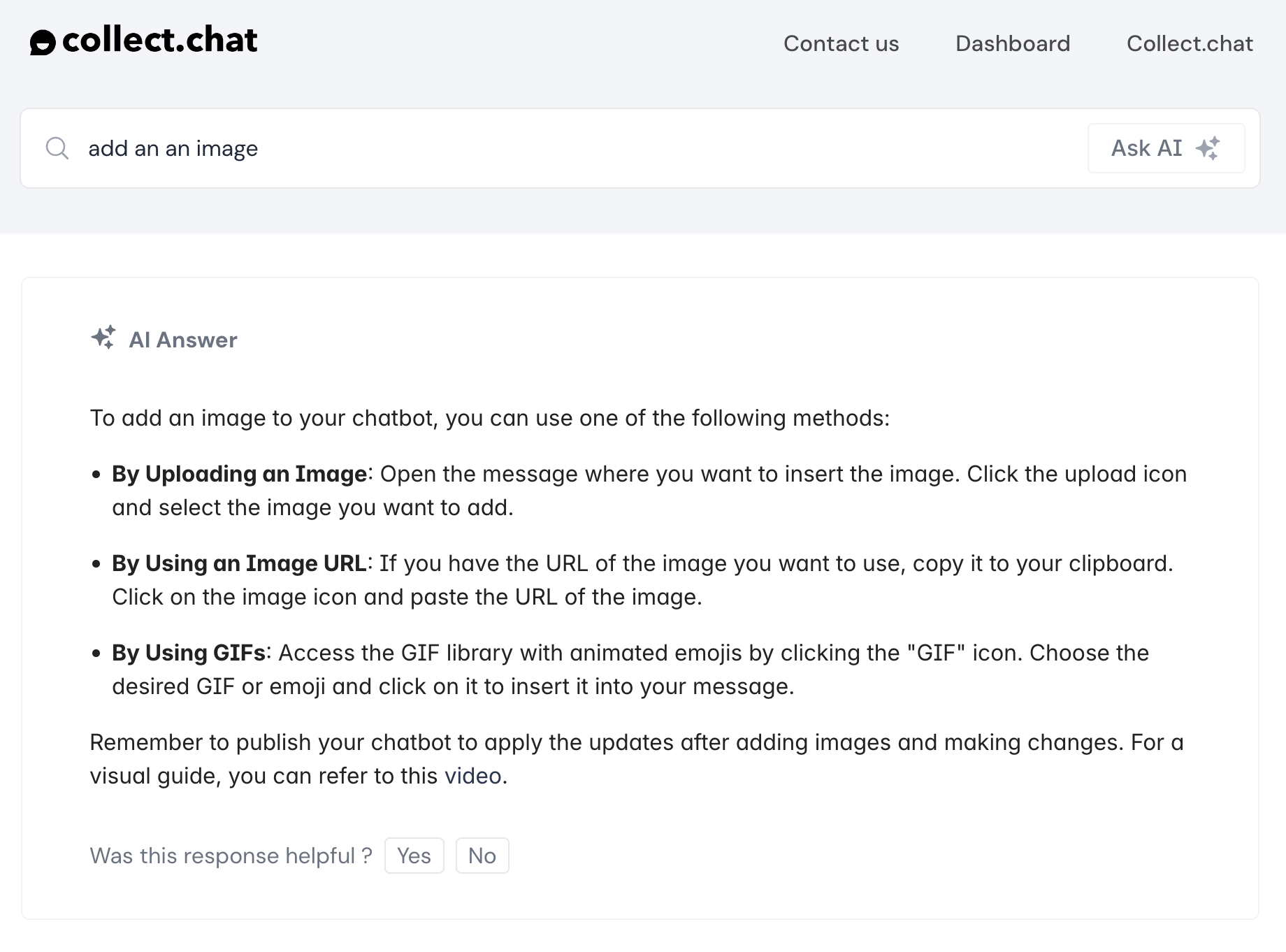Exploring a new city without a map can make you feel like flying blind. Similarly, diving into a new software product without a guide can leave you lost!
But if you are smart to know - Product Documentation (PD) and Knowledge Bases (KB) are trusty guides for grasping and maneuvering through new software products.
In this blog post, we'll delve into Documentation (hereby referrered to as Product Documentation) vs. Knowledge Base and their differences, and explore when to use each one. Understanding which of these guides to refer to can help you get straight to the solutions you need and save you loads of time and frustration.
Product Documentation - The Bible

Product documentation is like a holy grail of information about a company's products. It's structured, detailed, and aims to cover everything you need to know about using the product effectively.
It's like a map, guiding users through the intricacies of the product's features, functionalities, and best practices.
Knowledge Base - The Priest

Everyone might have the Bible, but you still need to go to the priest to ask your questions and get some answers. That's exactly the role of a KB.
Knowledge base is like the religious priest who has memorized all the answers to commonly asked questions for best practices, quick fixes,and troubleshooting.
Maintained by customer support teams, a KB is a repository of solutions to common problems and answers to frequently asked questions. It's less structured than product documentation and focuses on providing immediate assistance to users facing issues.
Product Documentation vs. Knowledge Base
Ever thought about why we keep product documentation and knowledge bases separate 🧐?
It might seem easier to just throw everything into one big bundle of info, right? But here's the thing: these two sources targets different goals and aspects.
Lets understand Product Documentation vs. Knowledge Base better:

Still Confused?
Let's compare the product documentation and knowledge base of the popular software product - Postman.
Product Documentation Example: Postman
The Postman documentation provides comprehensive guidance on using the Postman API development platform. Here's a summary of what's included:

- Get Started: Introduction to using Postman and getting started with API projects.
- Send Requests: Instructions on how to send requests in Postman to connect to APIs and get response data.
- Write Scripts: Information on using Postman's powerful scripting capabilities to add dynamic behavior to requests and collections.
- Use Collections: Guidance on organizing and grouping requests into collections and running them together.
- Use Postman Flows: Introduction to Postman Flows, a visual tool for creating API workflows.
- Use the Postman CLI: Overview of the Postman Command-Line Interface for running collections, sending run results, and more.
- Collaborate in Postman: Tools and features for collaboration within teams, including sharing workspaces and discussing projects.
- Design and Develop Your API: Support for API-first development with the API Builder, including syncing with Git repositories.
- Document Your API: Importance of API documentation and guidance on generating and sharing documentation in Postman.
- Monitor Your API: Overview of Postman Monitors for continuous visibility into API health and performance.
- API Governance and API Security: Features for promoting consistent API behaviors and ensuring API security.
- Administration: Options for customizing team experiences, managing access control, and keeping teams up-to-date with the latest Postman version.
- Use Reports: Postman's reporting features for visualizing data on API usage, performance, and SLA adherence.
- Developer Resources: Resources for integrating Postman with CI/CD workflows and developing with Postman APIs or libraries.
- Integrations: Information on connecting Postman to third-party solutions for seamless data sharing and API development.
If you are non-techincal user, chances are, you skipped reading the above 😅, since none of it made a lot of sense. However if you are from a developer background, then all those points are within your comfort zone.
Breaking down Product Documentation
When you create product documentation, remember that you are literally creating a Bible. It must encompass all the information about your product. Here is a breakdown of different aspects of information you must include.
For a thorough learning of the product:
- User Documentation: This is the bread and butter for most users, providing instructions on installation, using features, and completing tasks. Highly detailed, sometimes even with detailed diagrams.
- System Documentation: Aimed at developers and IT professionals, this dives into the technical aspects like system architecture, design choices, and how the software works behind the scenes.
To help with daily use of the product:
- Tutorials and How-to Guides: Step-by-step guides that take users through specific functionalities or workflows.
- API Documentation: Detailed information on how to interact with the software programmatically using its Application Programming Interface (API).
For troubleshooting:
- Troubleshooting Guides: Addresses technical issues users might face and provides solutions.
- Error Code Explanations: Descriptions of error codes and messages, along with explanations of their causes and possible solutions.
Additional Information:
- Release Notes: Keeps users informed about new features, bug fixes, and changes in recent updates.
- Version Control Information: Tracks changes made throughout the software's development cycle (relevant for developers).
- Licensing Information: Explains the software's license terms and conditions.
- Security Considerations: Security best practices and recommendations help ensure the product is used securely and protect sensitive data from vulnerabilities.
- Upgrade Instructions: These instructions guide users through the process of updating to the latest version of the product, with backup recommendations, and compatibility considerations.
- Glossary: A space to define technical terms and acronyms used throughout the documentation.
Knowledge Base Example: Postman Support
Now let us look at the knowledge base of Postman. This is focused on providing quick solutions to common problems and addressing user inquiries.

Here's a summary of what's included:
- Troubleshooting Guides: Step-by-step instructions for resolving common issues and errors encountered by users.
- How-to Articles: Detailed explanations and tutorials on performing specific tasks or actions within the product or service.
- Frequently Asked Questions (FAQs): Answers to common queries and inquiries from users about the product or service.
- Workarounds and Solutions: Alternative methods or temporary fixes for known issues or limitations of the product or service.
- Best Practices: Tips and recommendations for optimizing usage and achieving desired outcomes with the product or service.
- User Guides and Manuals: Simplified versions of product documentation, focusing on essential features and functionalities.
- Updates and Announcements: Information about new features, enhancements, and bug fixes in each product release.
- Community Forums: Platforms for users to ask questions, share experiences, and engage with other users and support staff.
- Support Contacts: Contact information for customer support channels, such as email, chat, or phone support.
While the product documentation for Postman provides comprehensive guidance on using the application, the knowledge base offers quick solutions and troubleshooting tips for specific issues users may encounter.
Together, they form a comprehensive support system to help users make the most of the software product.
Beyond KB and PD
Are these the only two sources for providing support and guidance?
Nope. There are ther sources to help customers like Public discussion forums and Community wikis. These platforms can be trusted more to get straight and unbiased reviews about a product's features and ways of handling them.
You can get tips there in the form of discussions, shared experiences, reviews, and feedback. Even though the opinions on such platforms cannot always be verified, you can get valuable insights and perspectives that may not be available in the official product documentation or knowledge base.
But community wikis and discussion forums shouldn't be the sole source of information, but they serve as supplementary sources of resources to understand products along with product documentation and knowledge bases
Conclusion
In summary, Product Documentation and Knowledge Bases are two helpful guides that help users to easily familiarize with features and functioning of software products.
When we compare Product Documentation vs. Knowledge base: product documentation serves as a comprehensive guide, like the Bible, offering in depth guidance, knowledge bases act as immediate sources of assistance, similar to consulting a priest for quick answers for solving immediate challenges.
Together, they form a powerful support system, ensuring users make the most of their software experiences.
If you are looking to create a new Knowledge Base (powered by AI), Help.center is an apt choice. It's powered by AI. Help.center helps create a simple to use knowledge base and helps end customers to get answers using AI search.



